What's The Difference Between お and ご in Japanese Honorifics? (Part 2)
/
Previously we’ve talked about the polite little 'o' that appears in phrases such as o-genki desu ka?'
Click here to read Part 1 first - Three Ways You Should Be Using The Japanese Honorific お.
But when do we use お (o), and when is it ご (go)? And why?
There are a few simple rules:
1) ‘O’ for Japanese origin, ‘go’ for Chinese origin

The general rule is: お (o) is used with native Japanese words:
o-haka お墓 grave
o-kome お米 rice
o-sushi お寿司 sushi
o-shirase お知らせ notice
ご (go) is added to words of Chinese origin:
go-ryoushin ご両親 parents
go-renraku ご連絡 contact, get in touch
go-kyouryoku ご協力 cooperation
Why?
O and go are actually two readings of the same kanji (御) - ‘o’ is the kunyomi (also called the Japanese reading); ‘go’ is the onyomi (Chinese reading).
That's why we read it o with native Japanese words and go with words from Chinese.

2) Foreign loanwords only get ‘o’
Foreign words don’t usually get this prefix, but when they do, it’s an ‘o’:
o-tabako おタバコ tobacco
o-toire おトイレ toilet
3) Notable exceptions
Most native Japanese words get o, and most Chinese-origin words get go. But there are exceptions. Here are a few:
o-denwa お電話 (telephone)
o-shougatsu お正月 (New Year)
o-genki お元気 (well, healthy)
go-yukkuri ごゆっくり (take your time)

A final word of warning: only certain words get beautified with 'o' and 'go'. It’s best to stick with words that commonly have ‘o’ or ‘go’ added. If you start adding them all over the place, you'll sound a bit odd.
Now, go have fun being marginally more polite than you were previously!





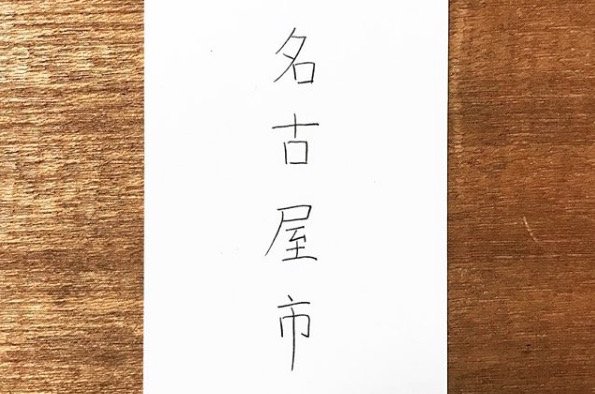

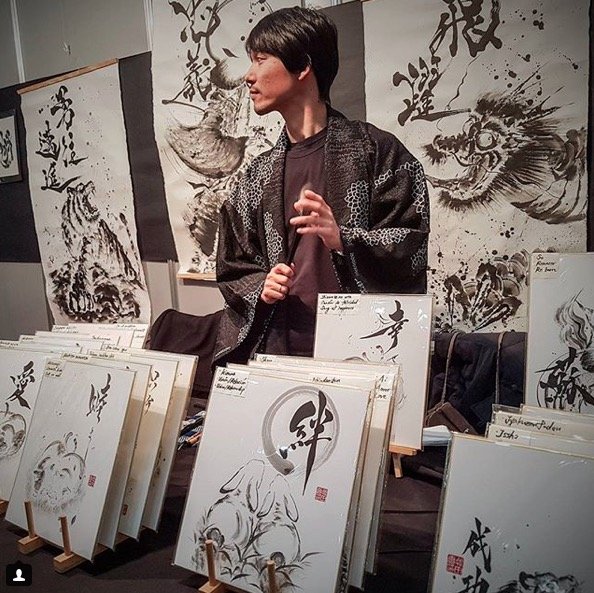
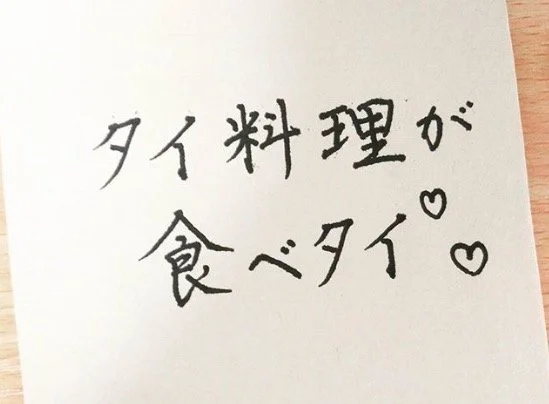







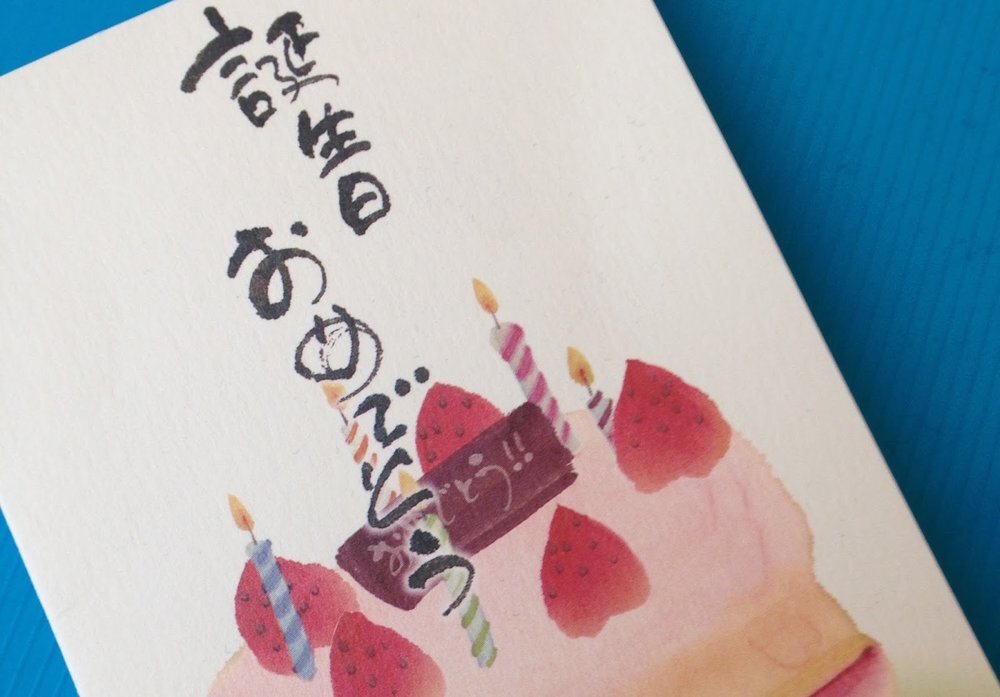




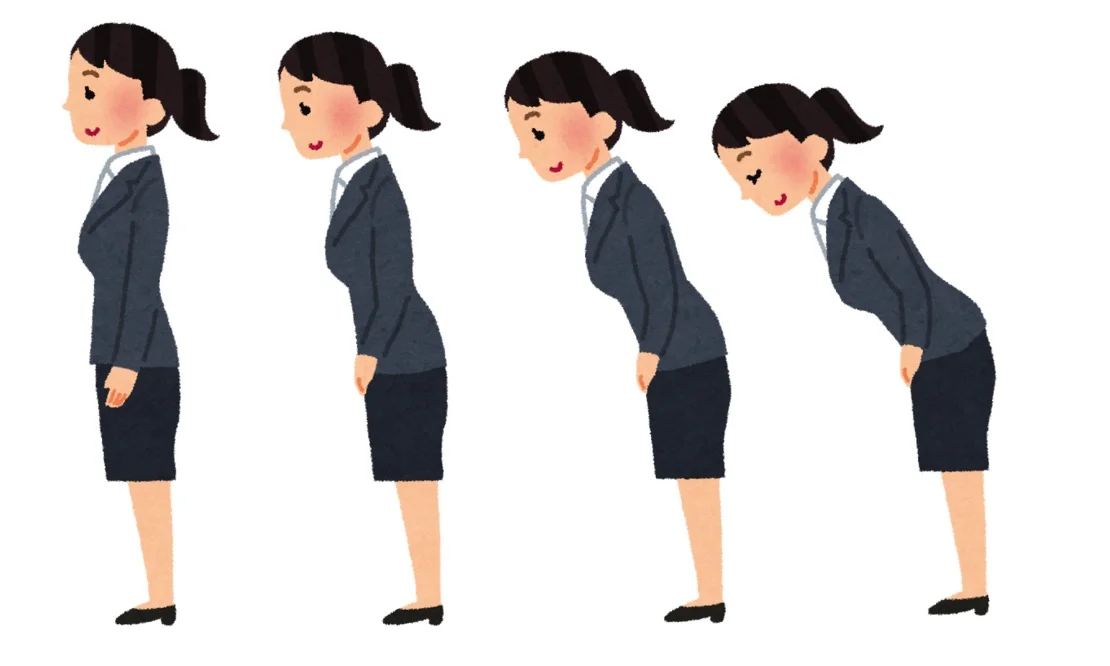









Like many people in the UK, I studied French in school. I liked French. I thought it was really fun to speak another language, to talk with people, and to try and listen to what was going on in a new country. (Still do!)
When I was 14 we went on a school exchange to the city of Reims, in northeastern France. I was paired with a boy, which I’m sure some 14-year-olds would find very exciting but which I found unbearably awkward. He was very sweet and we completely ignored each other.
That was nearly 20 years ago, and I didn’t learn or use any more French until, at some point in lockdown, I decided on a whim to take some one-to-one lessons with online teachers. Here are some things I learned about French, about language learning, and about myself.